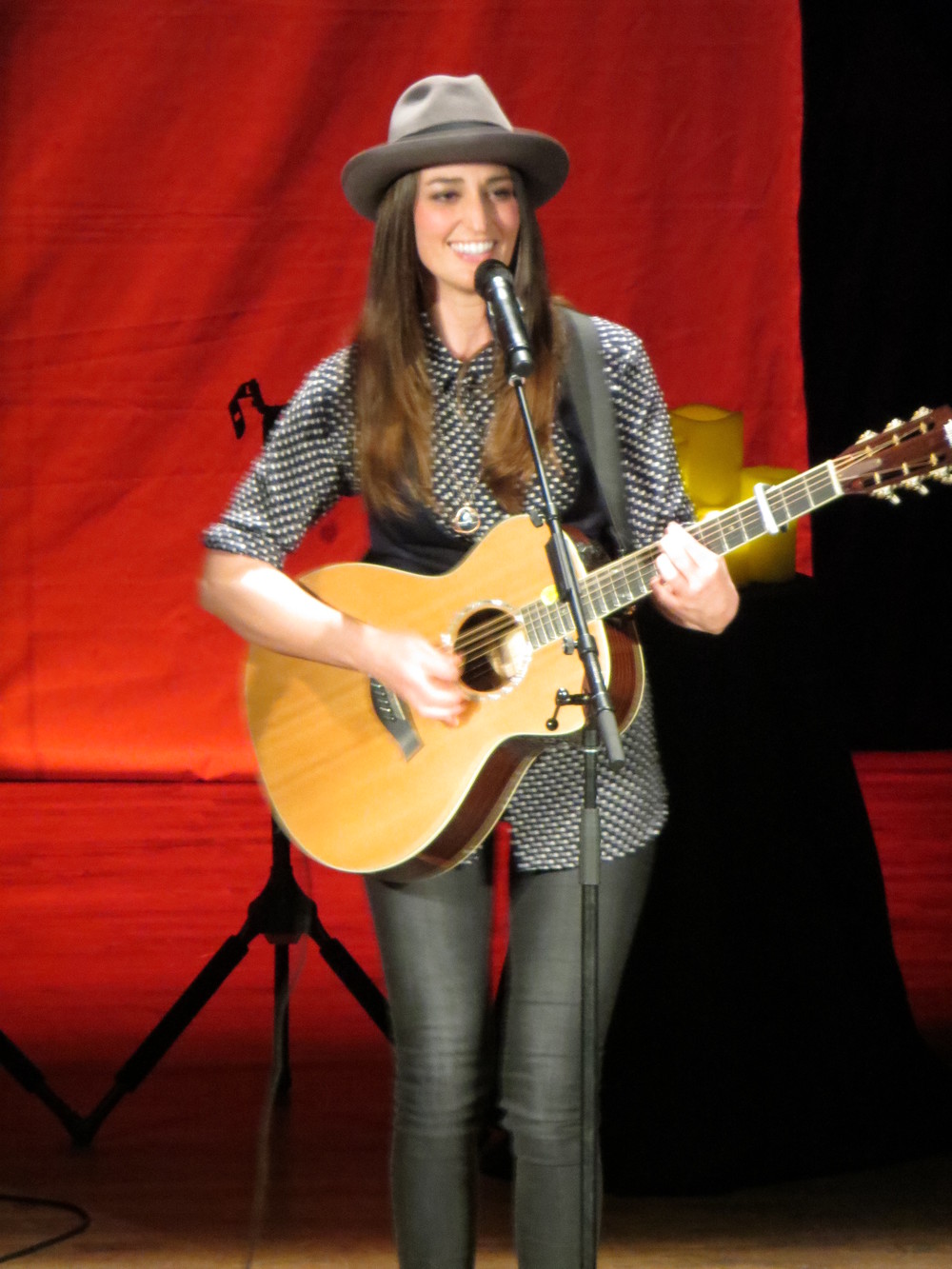42: A Film that Polishes the Past
Watching the Jackie Robinson biopic 42 last week, I couldn’t help but feel that I was watching ABCs movie-of-the-week in a theater. Sure, the acting was good (it was great to see Harrison Ford actually act instead of relying on smirks), the story is of course compelling – it practically begs to be filmed – and the film does a reasonably good job of telling the story. Chadwick Boseman and Nicole Beharie do fine as Jackie and Rachel Robinson (even when they have to spout cornball dialogue). What’s troubling is how unreal the film looks and feels. So little attention was made, aside from vintage cars and clothing, to make it feel like 1946-47. Instead, we get a polished version of the past.
In 42:
No one sweats. Seriously. No one.
No one smokes. (For a sense of how smoking should be used in a period film, check out this scene from Good Night and Good Luck)
All clothing is new, clean and pressed. No dirt. No grime. No tatters, even of the clothing from kids in Florida, who I presume weren’t exactly rolling in the dough.
Everyone is beautiful (except for the bigots), from the lead characters to the woman who babysits the Robinson’s son.
Baseball jerseys, even after nine innings of play, are bleach-white. We only see dirt directly after Jackie dives or slides into a base.
All men are clean shaven or have neatly trimmed beards.
In short, it has the look and feel of The Truman Show or Pleasantville, except this isn’t supposed to be a farce of a 1950s sitcom. This is supposed to be a film dramatizing real life, not an antiseptic version of the past. Some directors are so careful to make films look realistic, but Brian Helgeland misses the boat on this one.
He also falls short on the screenplay. It’s amazing how the writer of such terrific films as Mystic River and LA Confidential managed to write such contrived, cornball dialogue. Maybe Jackie and Rachel Robinson really did have a marriage as strong as the one depicted in the movie, but it doesn’t make for good film. No arguments? About anything? Never anything mundane to say? Only perfectly executed love notes to each other? I’d put good money on the real-life Rachel Robinson actually being a full-fledged three-dimensional woman. Instead, Nicole Beharie does what she can with a two-dimensional script.
See the film, if only to watch it with your kids, as it may provide an education for them about racism and baseball’s tarnished past. But for the most part, the past has been polished in 42, keeping the story from ringing true. One has to wonder how good this film could have been in the capable hands of a filmmaker like Spike Lee.
